You may think that creamy cone or frosty swirl from your favorite drive-thru spot is the real deal—but legally, it might not even qualify as ice cream. Surprised? You’re not alone. The FDA has strict rules: to be called “ice cream,” a frozen treat must contain at least 10% milkfat. Many beloved fast-food chains quietly sidestep this requirement, serving up soft-serve or frozen dairy desserts instead. That dreamy texture and sweet flavor? It’s often crafted with thickeners, syrups, and stabilizers—not rich cream. So before you grab your next cone, take a look at the chains serving the real scoop… or not.
1. Dairy Queen
The ‘Queen’ of dairy actually serves an impostor! Despite building an empire around frozen treats, DQ’s signature soft serve contains only 5% butterfat—half of what the FDA requires to call it real ice cream.
Legally classified as “reduced-fat ice cream,” their creamy swirls might fool your taste buds, but not food regulators. The lower fat content actually contributes to that distinctive soft texture that fans have grown to love.
Founder John McCullough created the original formula in 1938, and the recipe has remained largely unchanged. Ironically, the company that calls itself Dairy Queen can’t claim the ice cream crown according to official standards!
2. Chick-fil-A
Notice something unusual about Chick-fil-A’s frozen dessert name? The clever “Icedream” label isn’t just cute branding—it’s legally necessary! Their vanilla-flavored treat contains less than 10% milkfat, placing it in the “ice milk” category rather than genuine ice cream.
Fans adore its lighter texture and less guilty calorie count. The chicken chain deliberately created a less fatty formula that complements their savory menu items without overwhelming customers.
A fun fact: Chick-fil-A’s Icedream has remained virtually unchanged since founder Truett Cathy introduced it in the 1960s. Many customers have no idea they’re enjoying a different dairy product altogether!
3. McDonald’s
Golden arches, golden lies? McDonald’s iconic vanilla soft serve—the foundation of McFlurries, sundaes, and those nostalgic birthday party cones—contains approximately 5% milkfat. That’s only half of what’s needed to earn the “real ice cream” title.
Since 2017, the fast-food giant has boasted about removing artificial flavors and colors from their recipe. What they don’t advertise as loudly is that their beloved frozen treat doesn’t qualify as ice cream under FDA guidelines.
McDonald’s sells an estimated 1.7 billion cones globally each year, making their soft serve one of the most consumed not-quite-ice-cream products on the planet. Most customers never realize they’re enjoying a “reduced-fat frozen dairy dessert” instead!
4. Wendy’s Frosty
Half milkshake, half soft serve, but definitely not ice cream! The beloved Frosty—Wendy’s signature dessert since 1969—sits in a category all its own as a “frozen dairy dessert.” Dave Thomas, Wendy’s founder, intentionally created this unique consistency that’s thick enough for a spoon but soft enough for a straw.
Original Frosties contained a blend of chocolate and vanilla flavors, creating that distinctive light-brown color fans recognize instantly. The recipe was specifically formulated to complement Wendy’s hot, salty fries through delicious dipping.
Wendy’s sells approximately 300 million Frosties yearly to customers who rarely question its official classification. The dessert’s unique texture comes partly from its lower milkfat content that prevents it from qualifying as genuine ice cream.
5. Sonic
Racing for flavor but failing the ice cream test! Sonic Drive-In, with its roller-skating carhops and 1950s nostalgia, serves soft serve treats that fall short of FDA ice cream standards. Their frozen desserts—featured in Blasts, sundaes, and cones—rely on stabilizers and reduced milkfat to maintain their signature texture.
The company’s marketing emphasizes “Real Ice Cream Shakes” while carefully avoiding such claims for their soft serve products. Sonic’s recipe creates that distinctively fluffy, light texture that melts slightly slower than traditional ice cream—perfect for enjoying in your car.
Most customers remain unaware of the difference as they enjoy their treats delivered by servers on wheels. The drive-in chain sells millions of these desserts annually across their 3,500+ locations nationwide.
6. Burger King
The King serves peasant-grade frozen treats! Burger King’s soft serve—the foundation of their sundaes, shakes, and cones—contains approximately 5% butterfat, falling well below the royal standard needed for genuine ice cream status.
Their product officially qualifies as “ice milk” according to federal guidelines. BK redesigned their dessert menu in 2019, but the fundamental composition remained unchanged—still not enough milkfat to earn the ice cream crown.
What makes this particularly interesting? Burger King’s main rival, McDonald’s, faces the exact same classification issue. The two fast-food giants compete fiercely while both serving essentially the same category of frozen dairy product that most customers mistakenly call ice cream without realizing the technical distinction.
7. A&W’s Root Beer Float
The iconic root beer float maker has a frothy secret! A&W Restaurants, famous for combining their signature root beer with creamy frozen vanilla topping, doesn’t actually use real ice cream in their celebrated floats. Their soft serve contains less than 10% milkfat, placing it firmly in the “ice milk” category by federal standards.
Founded in 1919, A&W pioneered the drive-in restaurant concept and made root beer floats an American classic. The lighter texture of their frozen dairy product actually creates those perfect, frothy bubbles when root beer is poured over it—something that might not work as well with denser, authentic ice cream.
Most customers sipping these nostalgic treats never realize they’re enjoying a technically different product than what they might make at home with store-bought ice cream.
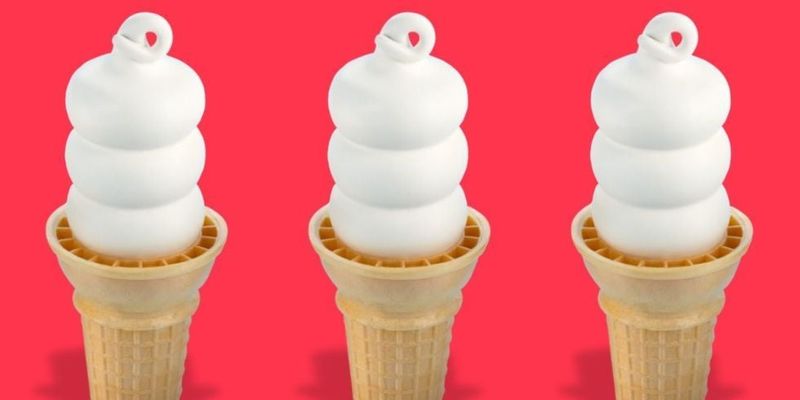

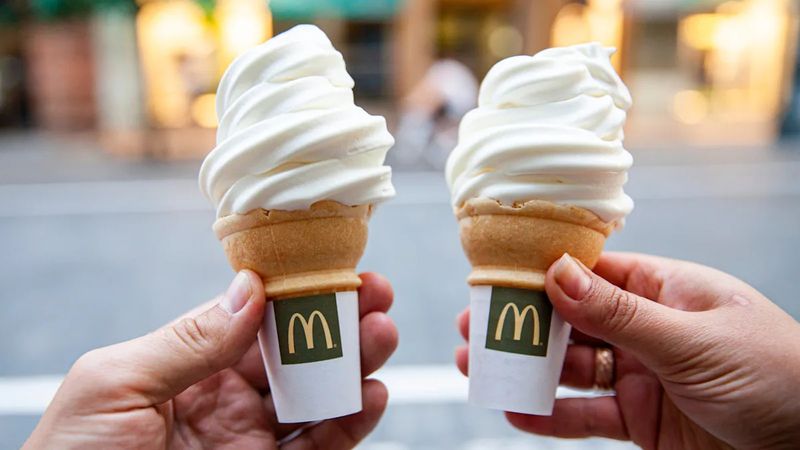
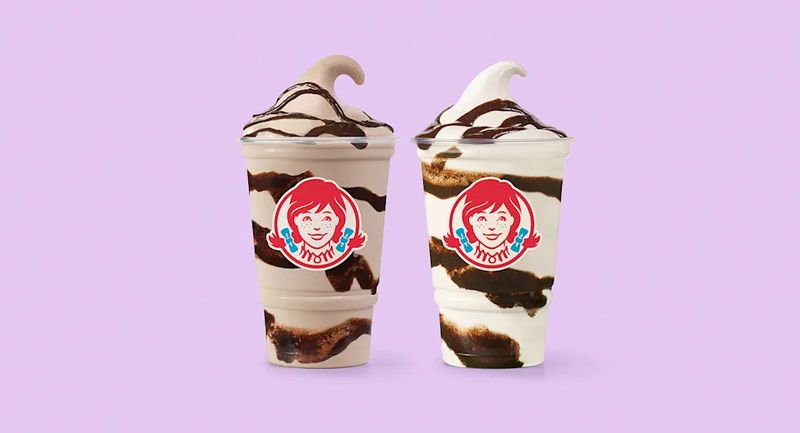
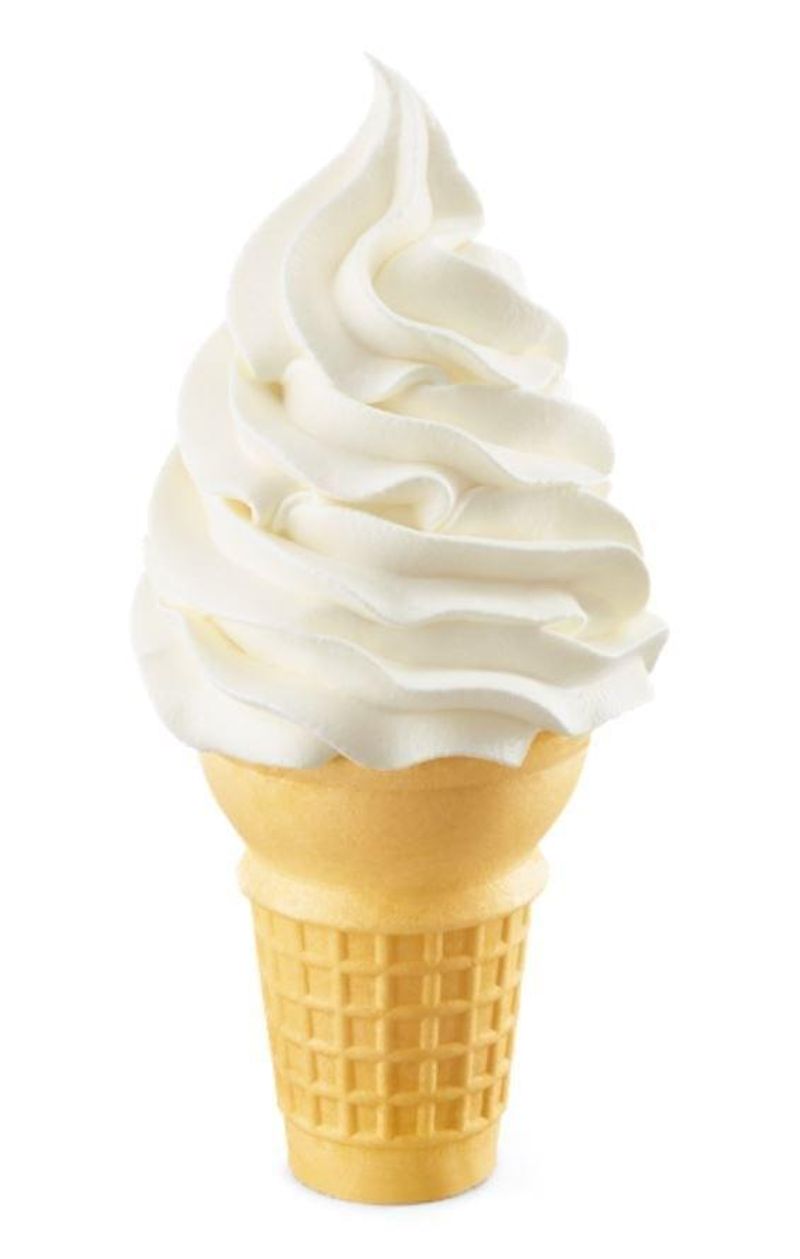
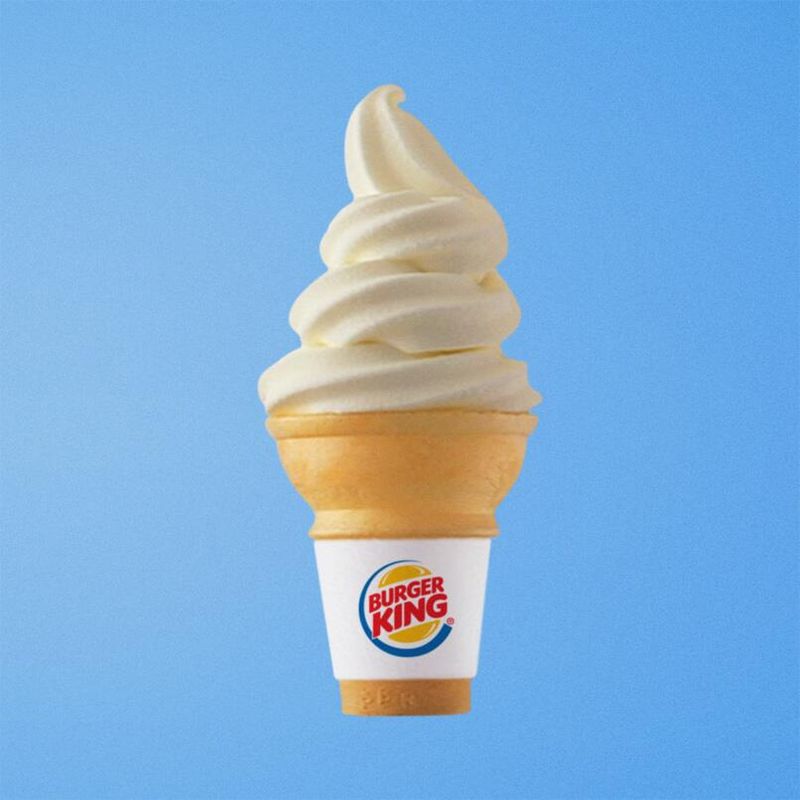
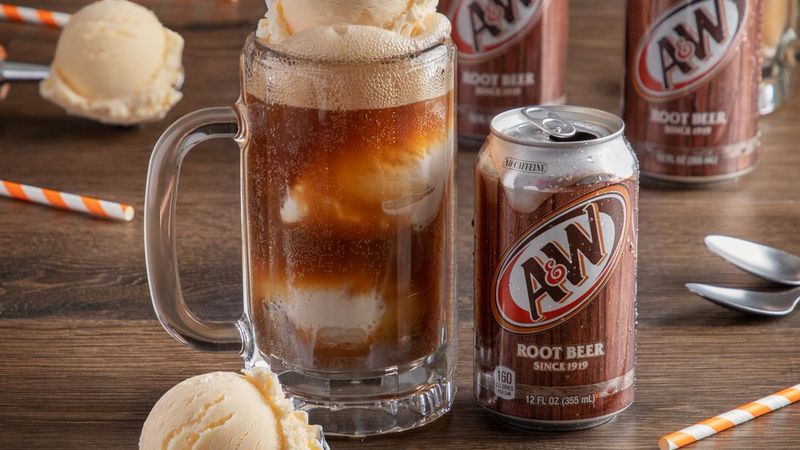
Leave a comment